Due to a founder’s feud, which started as contempt and spite, fueled the conception of the world’s first-ever supercar.
As a self-made man, Ferruccio Lamborghini was known by his rival Enzo Ferrari (founder of Ferrari) as “just a maker of tractors.” But in the late 1960s, the birth of the mid-engine, two-seater supercar archetype gave way to a revolutionary path of success for the Italian industrialist. Just two years after the first Lamborghini prototype appeared at the 1963 Turin Motor Show, the Miura parked in its place in 1965. Officially in 1966, Lamborghini debuted the Miura, the fastest production car in the world at the time.
1966 – P400
The Miura gained Lamborghini an international following among car enthusiasts for its reputation of prestige and luxury. Ferruccio Lamborghini was originally hesitant about a mid-engine, two-seater concept, as he believed this design would distract people from the company’s focus. Before the first production Miura was completed on April 20th of 1967, Lamborghini’s top engineers produced one of four developmental prototypes––the P400 prototype. The prototype for the P400, the Miura P400 GT, was unveiled at the 1966 Geneva motor show where it stole the show and dominated its competitor, the Ferarri 330GTC. It stunned press and attendees with its unbeatable speed of 198 mph and striking, sexy design. In addition to its perception-altering speed, it featured a transversely mounted, Bizzarrini-designed 350 hp, 4.0-liter V12 engine. Front and read decks opened clamshell-style, and fixed-back seats added stylish touch.
Errors like excess chassis flex and problems with skinny tires made Lamborghini develop multiple revisions over the Miura’s production time.

1968 – P400 S
A couple of years after the standard P400 was revealed, Lamborghini unveiled Miura’s second generation, the P400S Miura, at the Turin motor show in 1968. Detail differences included a locking glove box, fitted power windows, and optional air conditioning. It featured a newly reinforced chassis and state of the art series 70 Pirelli Cinturato radials. The combustion chambers were reshaped, higher lift cams and larger carburetors on fatter manifolds boosted horsepower to an acclaimed 370 bhp. Despite its evolution from the standard P400, the P400S performed about the same; however, handling was greatly improved. Though the S had evolved in multiple ways during its production, its new tires absorbed most of its power increase. Later, it would become evident that the Miura S was one of the fastest Lamborghinis of its time.
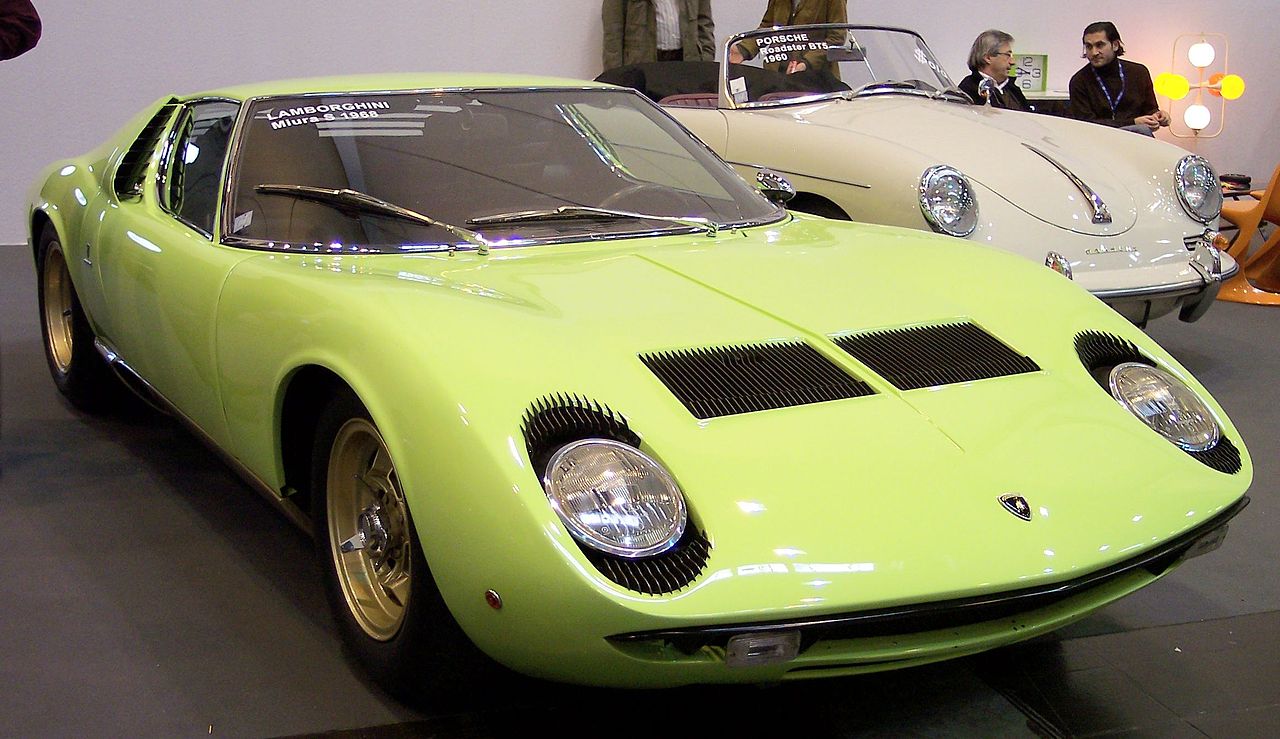
1968 – Miura Roadster
Marcello Gandini and Bertone built the only Roadster to exist in 1968, for the Geneva Show. The Roadster featured larger air intakes, a lower roll-over hoop, and a larger spoiler. Other modifications included on the Roadster included different taillights and a stronger box section structure to help the vehicle cope with additional loads absorbed by the roof.
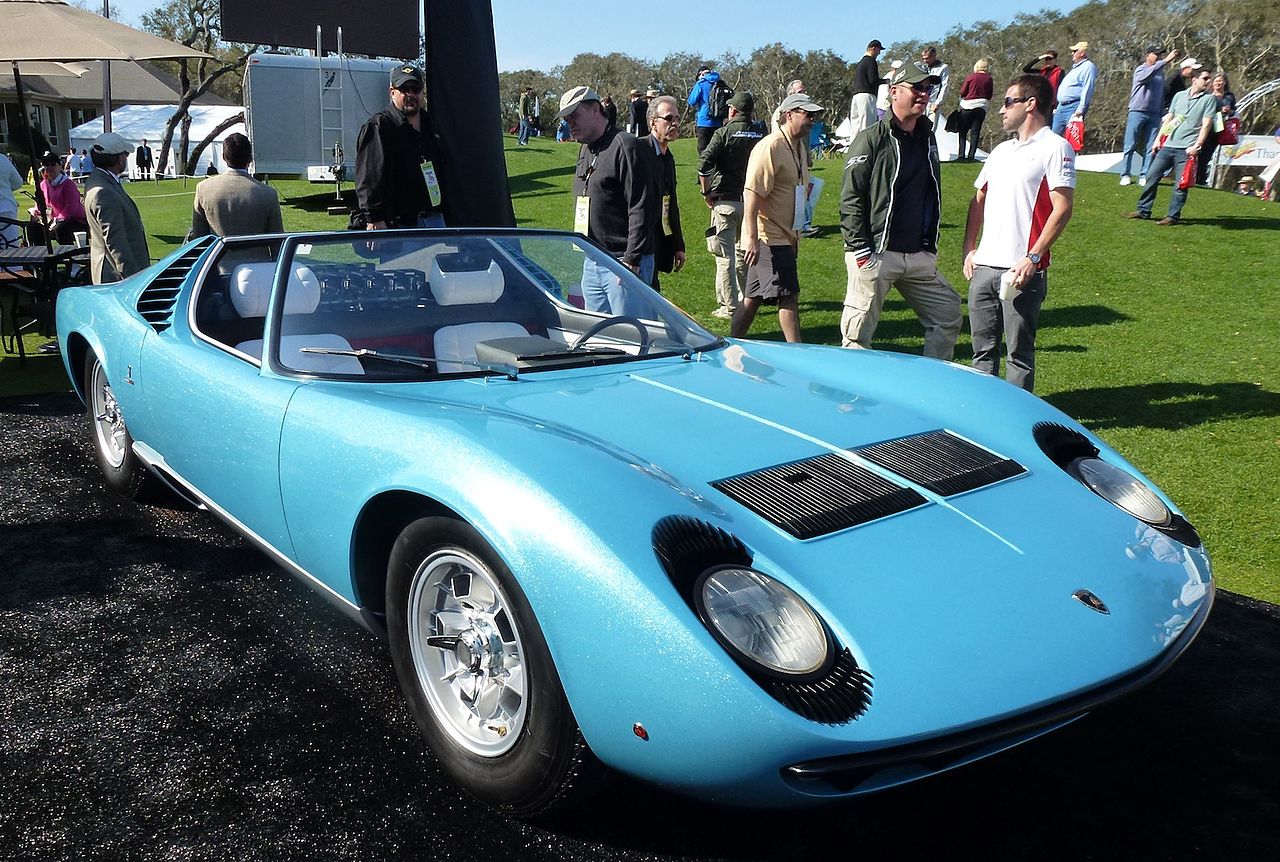
1970 – P400 Jota
While Ferruccio Lamborghini never idealized racing the Miura, his development driver Bob Wallace had other plans. In 1970, Bob Wallace created the Miura Jota to conform to the FIA’s Appendix J racing regulations. The P400 Jota was designed to be a test mule and featured extensive modifications to the standard chassis and engine. Additional modifications included lightweight alloy parts, and the window glass was replaced with plastic. Overall, the P400 Jota weight was significantly reduced by 800 pounds, which allowed it to produce an impressive 440 hp at nearly 9,000 rpm. This was done by increasing the compression ratio, altering the cams, and modifying the exhaust system to be less restrictive. Unfortunately, only one car of this model was made, and it crashed and burned in 1971 on an unopened ring road in Brescia.
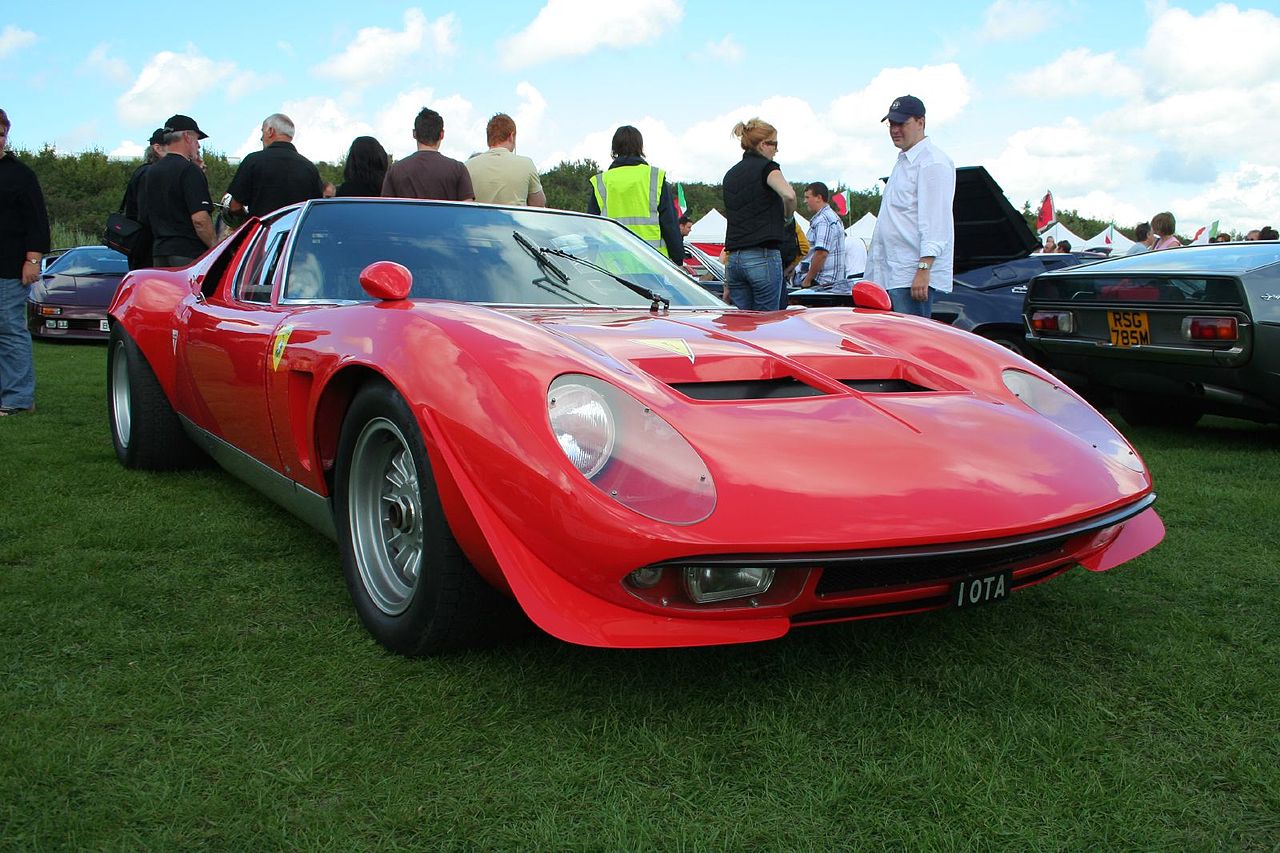
1971 – P400 SV
Due to the high demand for the Miura S, 1972 saw the final evolution of the legendary Miura––the P400 Miura SV. The Miura P400 SV was equipped with a 4-liter, 385 hp V12 engine and attained speed over 180 mph. In this model, the gearbox oil and engine oil were finally separated, making optimal lubrication possible in these areas. Although it lacked the Miura’s signature features, the SV stood out for its new rear suspension, wider track, and more torque. The Miura SV was the fastest production car in the world at that time and would remain the fastest until the introduction of the Countach. The last Miura was produced in January 1973, and during its production, 150 of these cars were built from 1971 to 1972.
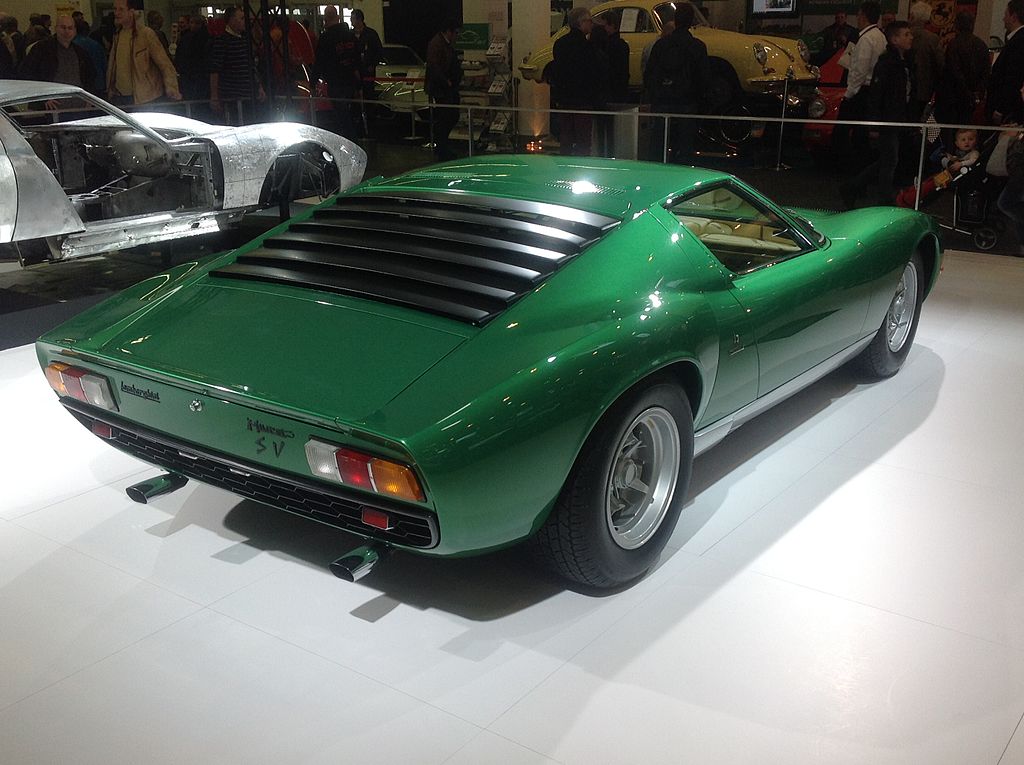
1972 – P400 SV/J
Before the Miura went out of production, a few one-off cars were built, one was built new, and five more were built off of spare parts from existing SVs. Despite its rarity, most experts do not recognize the SV/J as an official SVJ since this model was converted long after the production of the last Miura.
Though the Miura had a short run, Lamborghini set the stage for contemporary sports cars with sleek muscular lines, a mid-mounted engine, and performance, unlike anything the world had thought was possible.
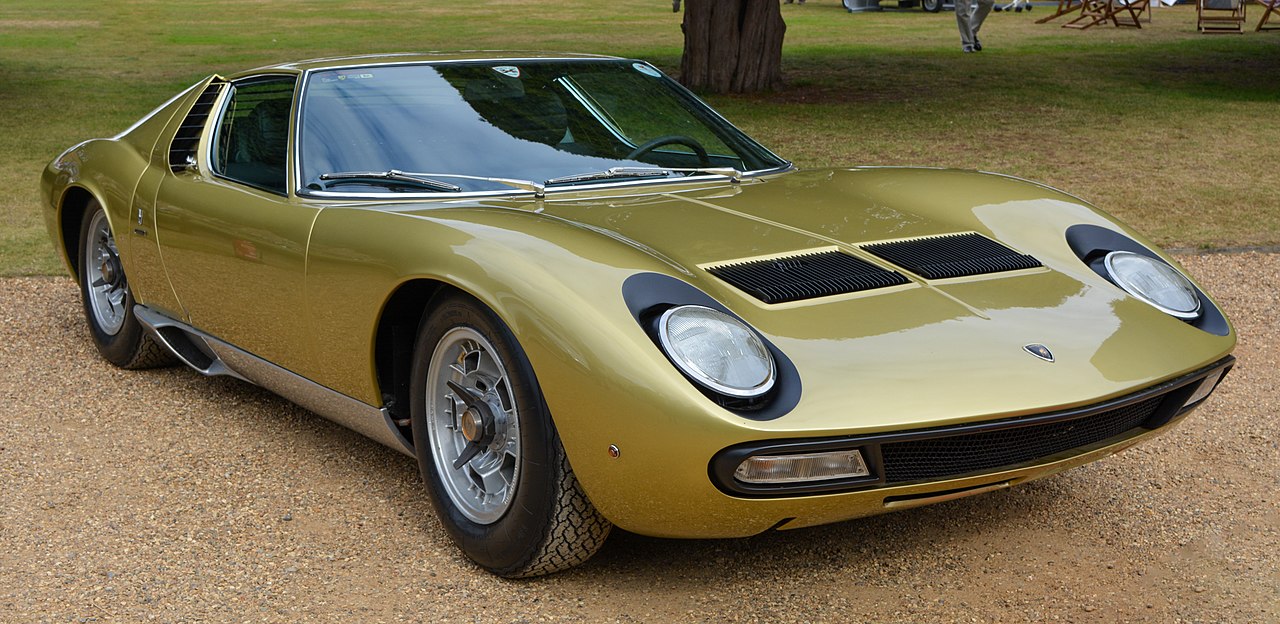


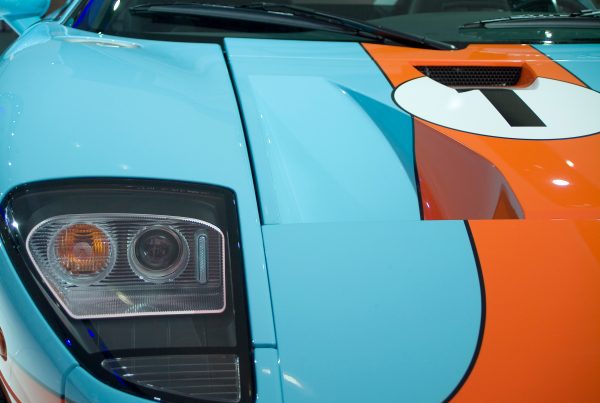
3 Comments